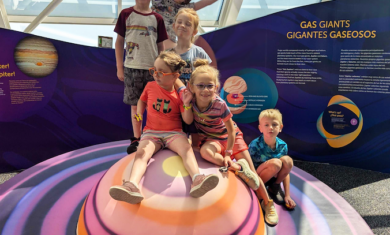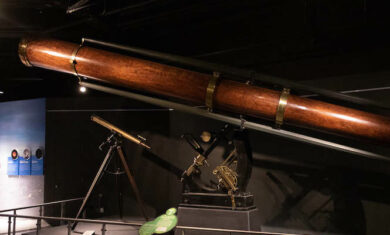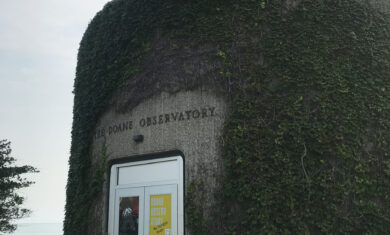Stars Aligned
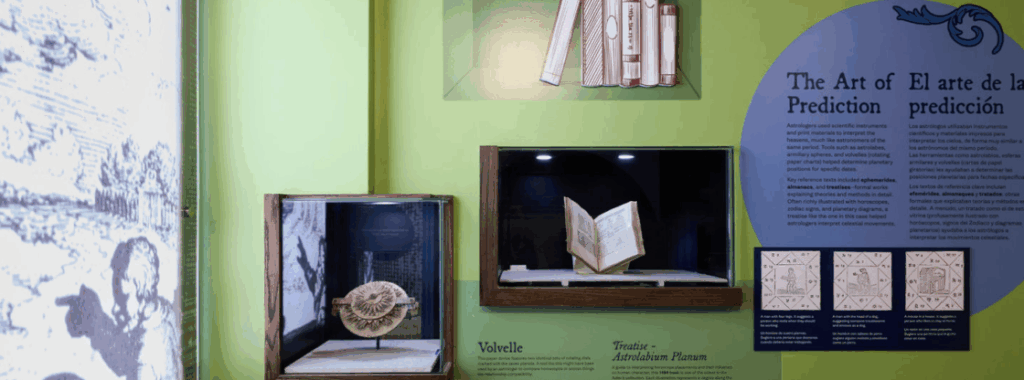
How was celestial knowledge used, and what tools made it possible? To understand astronomy today, we have to understand its early history.
Long before modern telescopes or space probes, people searched for meaning in the movement of the stars.
The history of astronomy and astrology is a story of deep connection and gradual change. During the early modern period (c.1500-1800), their once-intertwined roles began to shift. Astronomy, as the mathematical study and charting of celestial bodies, laid the groundwork for scientific discovery. Astrology interpreted those same movements as signs, shaping how people thought about time, fate, and the world around them.
Astrology’s popularity during this period offers a unique glimpse into the lives of early-modern people. The instruments and books on display here reveal how they used the stars to navigate daily life.
Over time, astronomy and astrology took different paths. But both share a common origin: a longing to understand our place in the universe. Step back in time in our newest exhibition, Stars Aligned: Tracing the Story of Astronomy and Astrology, to discover how these two practices were once intertwined.
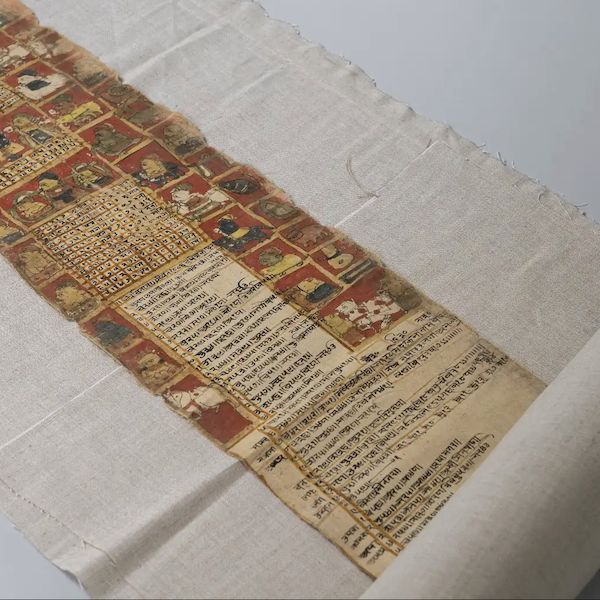
Hindu Almanac, or Panchānga
This Northern Indian scroll from 1769 is an astrological calendar for the year. It features a list of significant astronomical events, which an astrologer could interpret, as well as illustrations of the zodiac and figures from Hindu mythology.
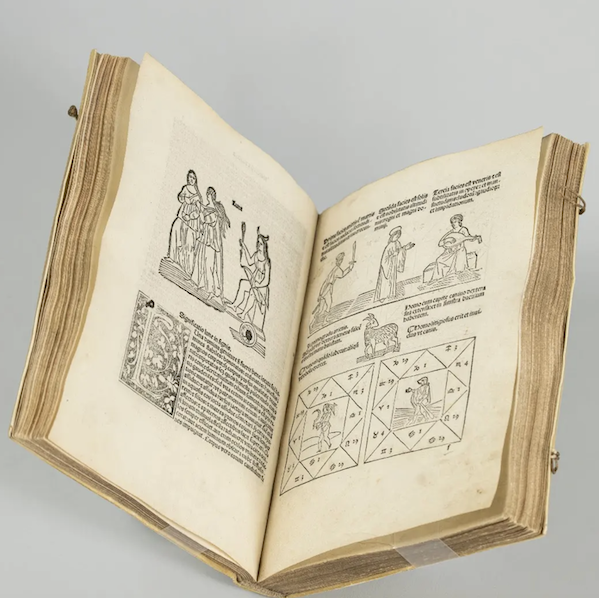
Astrolabium Planum
This book, from 1494, features a collection of illustrations corresponding to each degree of the zodiac. The illustrations represent the personalities of people who have that specific planetary placement in their birth horoscopes.
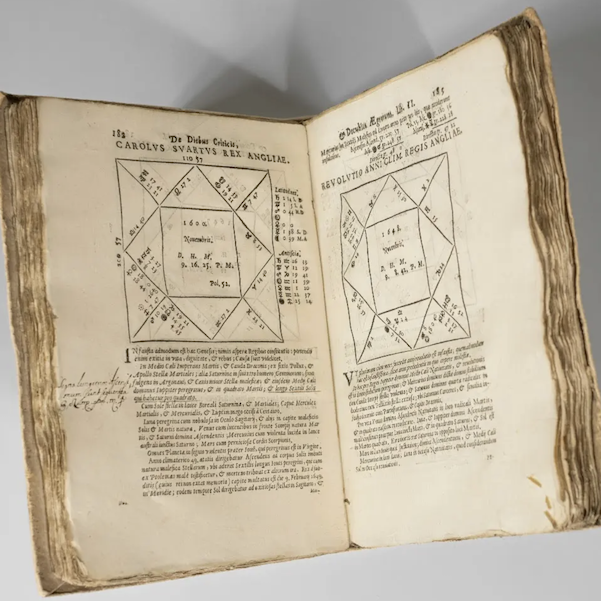
De Diebus Criticis
This book of medical astrology from 1657 gives instructions on how to use astrology for physicians treating critically-ill patients. It also includes medical horoscopes, explaining how planetary placements influenced health.
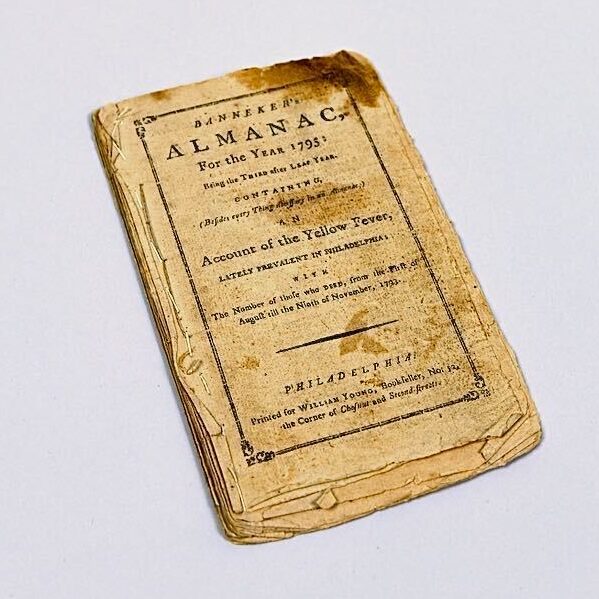
Banneker Almanac
This 1795 almanac, by African-American naturalist Benjamin Banneker, offers guidance on topics like planting, astrology, and civic engagement—all in one convenient package.
Before Astrology Apps, People Used Panchāngas to Plan Their Lives
Analysis paralysis making it difficult to make an important decision? Dr. Katie Boyce-Jacino, curator and director of collections, explains how early-modern astrologers used panchāngas, or almanacs, to help people find the perfect day for an event in 18th-century Rajasthan, India.
This beautiful and well-preserved example of a 1769 panchānga will be on display in our new exhibit, Stars Aligned.
Thanks To Our Sponsors
The Adler Planetarium is grateful to ITW for supporting Stars Aligned.
